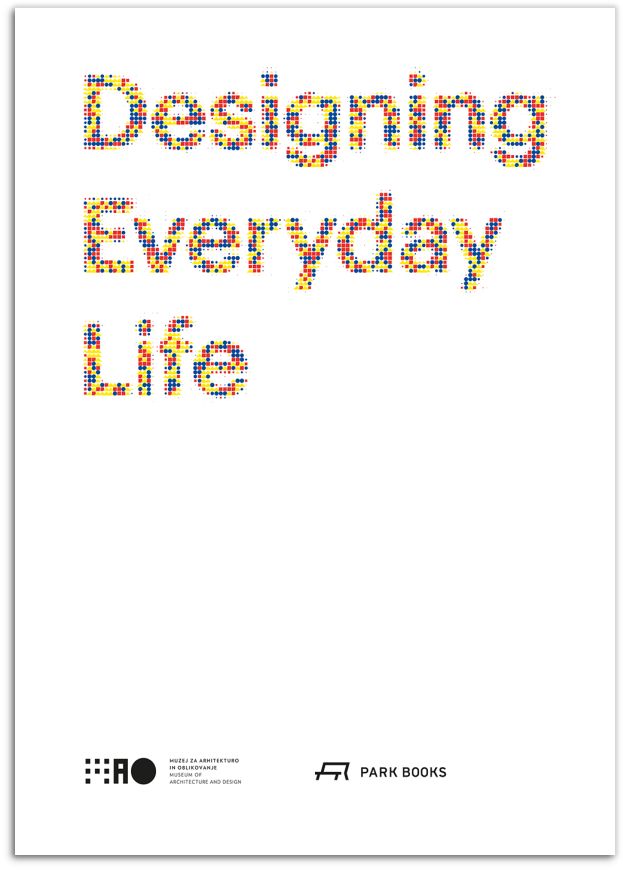Designing Everyday Life
GVA Gemeinsame Verlagsauslieferung Göttingen
GmbH & Co. KG
Postfach 2021
37010 Göttingen
Deutschland
+49 551 384 200 0
info@gva-verlage.de
BIO 50, die 24. Ausgabe der Biennial of Design, findet im Herbst 2014 in Ljubljana statt. Gegründet 1964, ist sie eine der weltweit am längsten bestehenden Designveranstaltungen. BIO hat sich abgewandt vom Modell des Wettbewerbs mit Auszeichnungen, hin zu einem Prozess des Experimentierens, der vor allem die internationale Kooperation im Feld der Gestaltung fördert. Im Vorfeld der BIO 50 haben sich rund 120 internationale Designer während sechs Monaten gemeinsam mit der Zukunft des Designs befasst. Angeleitet von Mentoren haben elf Teams in ausgewählten Themenbereichen erkundet, wie Design unsere Lebensweise und unser Umfeld beeinflusst und bestimmt.
Designing Everyday Life präsentiert nun die Resultate dieser Zusammenarbeit in Texten und reichhaltigem visuellem Material und führt so die vielfältigen Aspekte und Dimensionen des Arbeitsprozesses der elf Teams zusammen. Ergänzt durch Betrachtungen zur BIO als Treffpunkt von Designern und Interviews mit Experten wie dem Gestalter Konstantin Grcic, bietet das neue Buch einen intensiven Blick auf mögliche Rollen und Strategien des Designs in der heutigen Welt.
«Rather than a series of product shots – typical of some other biennials – the catalogue has a scrapbook aesthetic that is replete with sketches, email exchanges, Facebook posts and photographs from field trips. It is an honest and meticulous documentation of the processes integral to the development of each project over the six month period.» Anya Lawrence, disegnodaily.com
«While the exhibition offers much to stimulate visitors, Boelen’s particular stroke of genius is Designing Everyday Life, the biennial’s companion text. Edited by design writer, Vera Sacchetti, the 534-page text reveals the glorious mess behind the exhibition’s cleanliness. Drawings, prototypes and even posts from Facebook pages illuminate how these processes of research, experimentation and collaboration worked. It’s a fascinating read.» Crystal Bennes, Icon
«By renouncing ‹iconic› design and focussing on real urgencies in the world, for which viable alternatives were sought and (sometimes) found, BIO 50 sparks the energy that is currently missing in most of the international design fairs. Moreover, the ambitions have landed in a thought-provoking catalogue, which will last as an optimist testimony of new ways of thinking, new ways of working, and new ways of presenting. The BIO 50 biennial proves that design fairs can reclaim the invigorating role they once played, by facing the real urgencies of the world and showing the surprising and on-going potential design has to offer.» Louise Shouwenberg, Dezeen

